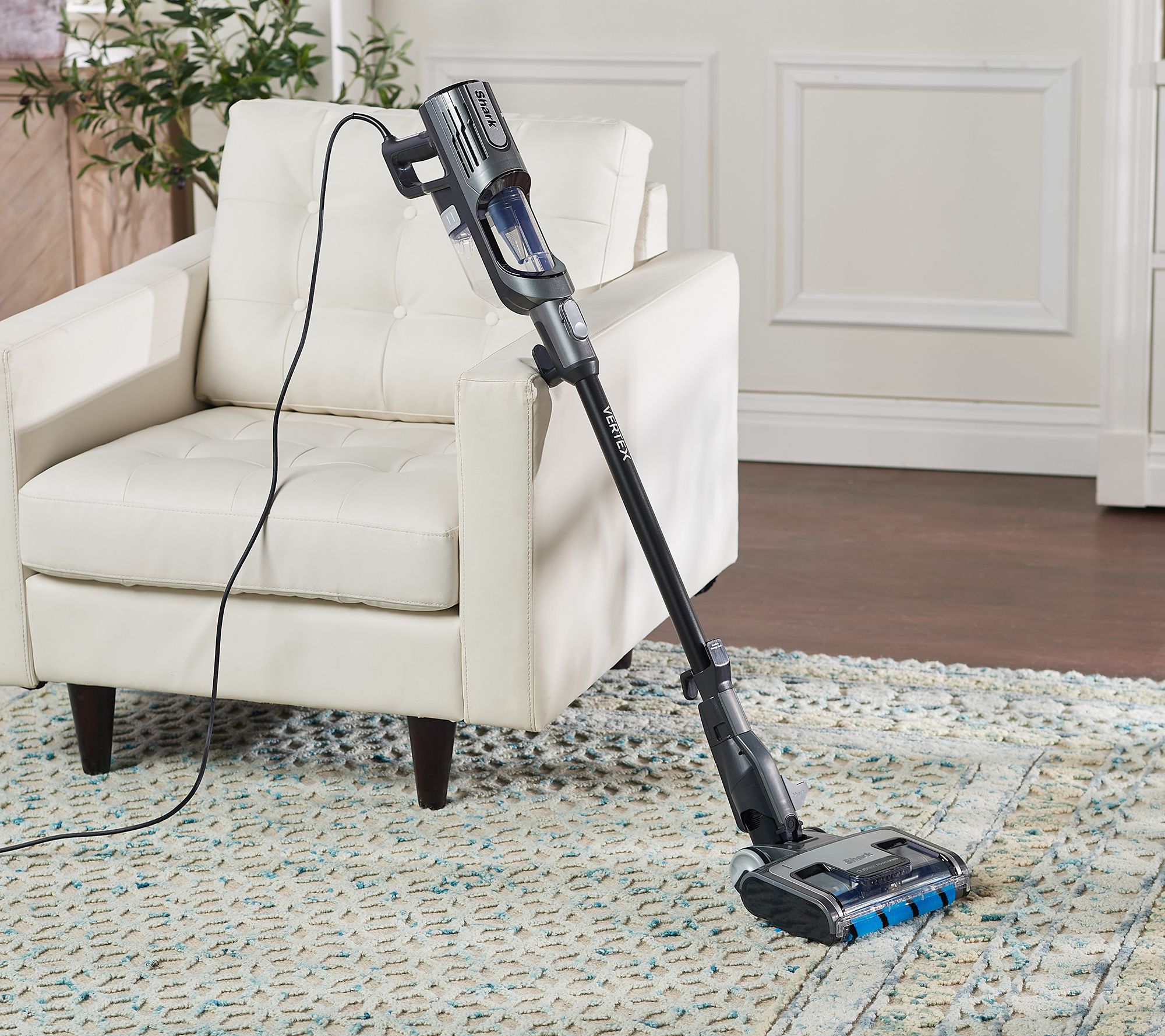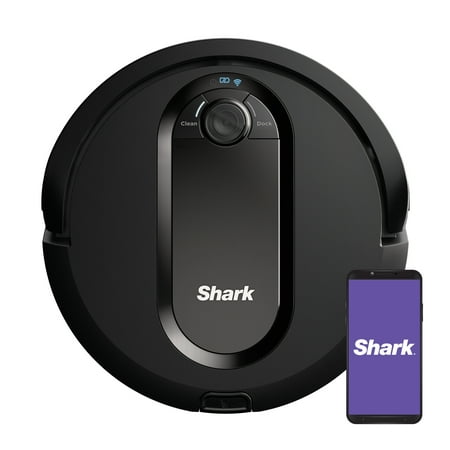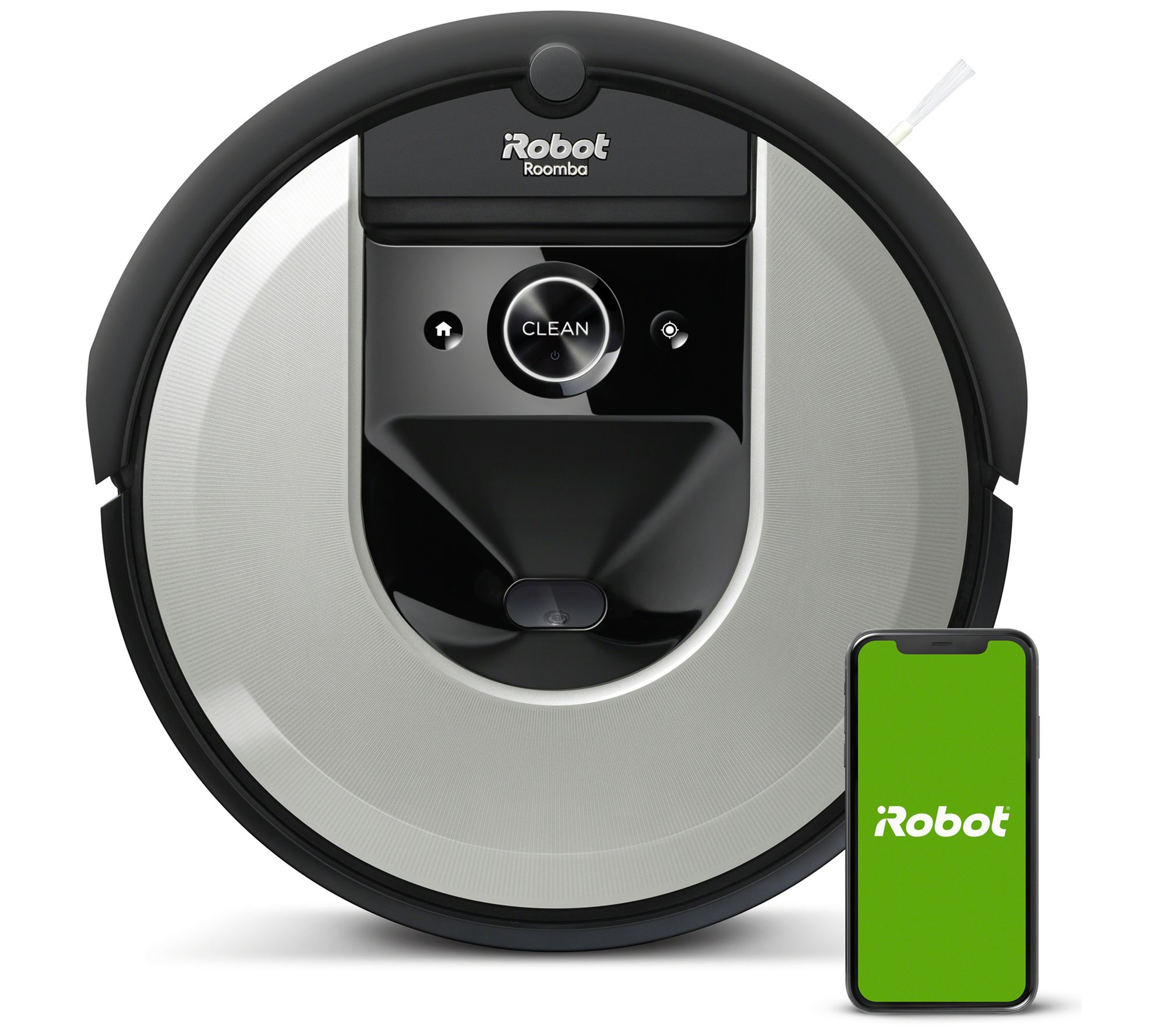Cruise to cleaner floors with the Shark Vertex Ultra Light vacuum. Every feature on this versatile vacuum is designed to make your cleaning experience
easier.
The updated DuoClean® system employs PowerFinsTM instead of bristles for deep carpet cleaning and more hair pickup. Pair that with its self-cleaning brushroll, and you’ll rarely (if ever) find yourself digging underneath to loosen up debris.
LED headlights, an easy-empty dust cup, and a simple, swift conversion from upright stick to handheld vac — all features that feel essential — are right at your fingertips.
Plus, you’ll get a collection of useful accessories to ensure others tasks are also handled with ease. From Shark.
- Includes stick vacuum, pet multi-tool, 12″ crevice tool, MultiFlex under-appliance wand, self-cleaning pet power brush, and on-board storage clip
- DuoClean ® PowerFinsTM technology: dual brushroll system design with Power Fins to deep clean carpets and directly engage floors without bristles
- Weighs 9.05 lbs when used as a stick vacuum
- Converts to use as a handheld vacuum that weighs under 3 lbs
- Easy-empty removable dust cup
- LED headlights
- Approximate measurements: Vacuum 45.27″H x 10.24″L x 10.24″W, weighs 12.35 lbs, including accessories; Cord 30’L
- UL listed; 5-year Limited Manufacturer’s Warranty
- Imported






by Tim
This Shark vacuum is fantastic. I could not be more pleased about this purchase. I used to hate vacuuming, now o love it. Because this Shark does such a great job that I want to vacuum every day. It is light weight and easy to clean. My first Shark and and I love it.
by Ben
I ordered the vac when it was a TSV. I love its cleaning power and that I can finally vacuum under the bed! However, as another reviewer said,it is top heavy and I sometimes feel it is trying to get away from me!
I don’t like that it does not stand upright when it is not in use. It has to be propped up against something.
Also, I have trouble putting the dust bin and pre-motor filter housing back in. I struggled to replace the filter housing this morning and was about to give up. I don’t know exactly what I did (tilted it?), but it finally slipped into place! I am sure I will struggle the next time I have to replace the filter housing since I have no idea what I did to get it back in today!
by Kert
I bought this for quick cleanings of dog hair etc. It picks up everything. The only con is the dirt cup doesn’t hold much dirt. So you have to empty it often but other than that it has great suction and a long cord.
by Kevin
Lite weight and easy to use. My only negative is that the dust cup is small and it does not stand up unless you take it apart.